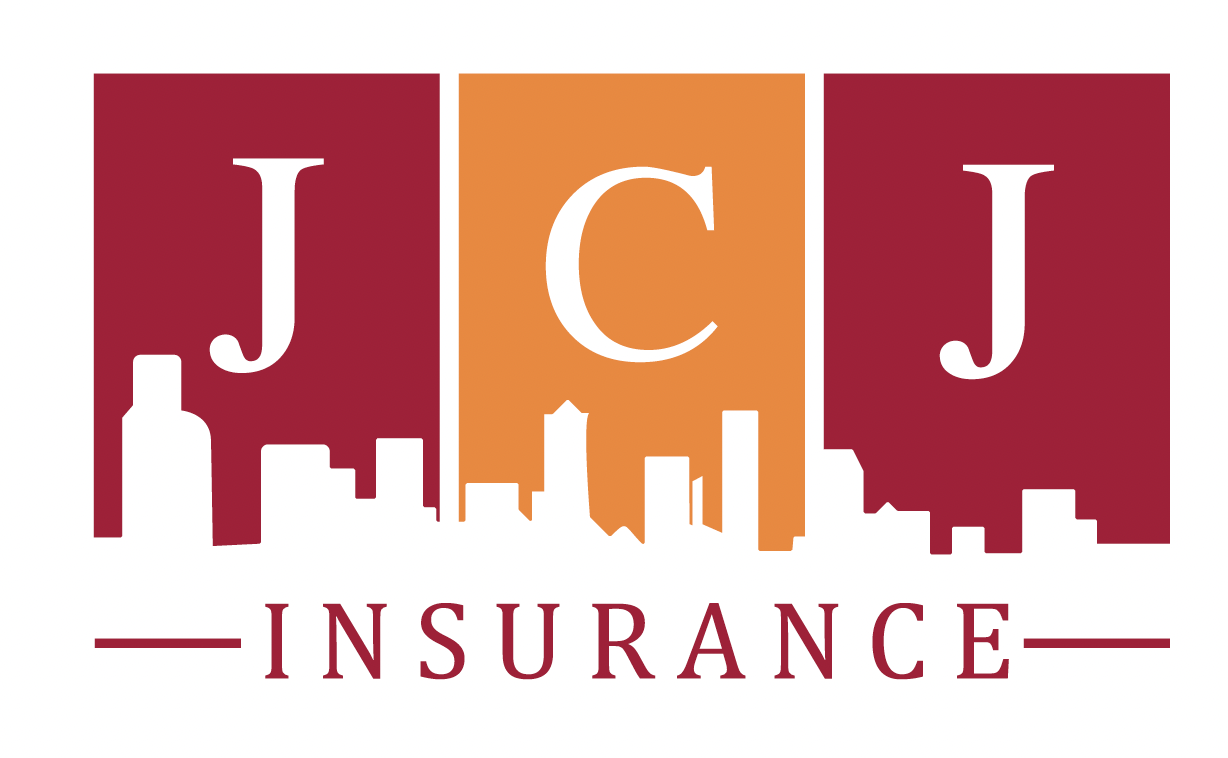By Mark Jackson, JCJ Insurance
Design professionals are essential to a project even after the design is complete, permits are issued, and a General Contractor is selected. The construction phase is a critical time of a project and a design professional’s involvement is very important. Construction administration (CA) services play a key role in ensuring a project’s successful execution. While the Contractor is the lead during the construction phase, design professionals possess in-depth knowledge of both design intent and technical details, and their active participation during construction greatly enhances the quality and integrity of the project.
Without the design team’s active involvement during the construction phase, the project’s quality, schedule, and cost may be compromised. Designs typically require some degree of interpretation and there are often numerous questions related to the design documents. There is no one more qualified to provide clarification than the professional who created them. Site visits also allow the design professional to determine if construction is proceeding in general conformance with the plans and specifications. Design firms that offer CA services reduce their risk to negligence claims because they are able to spot potential problems as they are occurring.
While CA services can help firms avoid professional liability claims, site visits present other risks, including potential liability for accidents and injuries. Understanding these risks and taking appropriate precautions is imperative for protecting the public and minimizing your legal exposure.
The role of design professionals on jobsites often involves observing the progress of the project, ensuring that work aligns with design specifications, and addressing technical challenges. These visits are not meant to supervise the work or assume control over the jobsite, as these responsibilities typically fall to the general contractor or construction manager. Standard AIA and EJCDC contract documents contain specific language that the design professional is not responsible for jobsite safety. Despite this, the design professional’s presence on-site can sometimes create misconceptions about their responsibilities, potentially exposing them to liability if an accident occurs.
To mitigate these risks, design professionals must adopt a proactive approach to defining and managing their roles and scope of services. Some best practices that firms can implement to reduce their exposure relating to site visits are:
- Contract Language. You need to clarify your responsibilities within contractual agreements, explicitly stating that you are not responsible for jobsite safety or the contractor’s methods of work. Communicating these boundaries to project stakeholders, including contractors and clients, can help reinforce your limited role on-site. We often review contracts that attempt to expand the design professionals’ responsibilities for jobsite safety beyond the typical requirements. You need to pay attention to this type of contract language, especially in owner- drafted contracts.
- Purpose of visit. Conducting site visits in line with professional guidelines and best practices ensures a consistent approach. It is important to avoid overstepping boundaries, such as giving instructions to workers or interfering with the contractor’s operations. The purpose on your visits is to ensure the work being performed is in line with the design intent. You are not there to inspect the work or instruct the contractor on the means and methods of their operations.
- Documentation. Documenting all site visits is another important risk management step. Observation reports should detail the progress and quality of work, noting any relevant observations without assuming responsibility for resolving any hazards/issues that you noticed. When potential dangers are identified, they should be promptly reported to the appropriate party, such as the contractor or project manager, while avoiding direct interference.
- Send appropriate person to the site. Firms need to make sure the individuals conducting the site visits are properly trained before visiting the job. Sending an inexperienced co-worker increases the risk to the firm. Your personnel needs to be familiar with their role and purpose for the site visit.
- Photographs. Taking photos during site visits is an important part of CA services. You need to document what you saw during your visit. What is captured in those visits constitutes as knowledge to the design professional. Therefore, precaution should be made to avoid construction workers in the photos and avoid taking excess pictures. All photos should be reviewed before putting them in the profile file to ensure there was no potential risk that could have been identified and reported.
- Non-conformance and unsafe conditions. Although you are not responsible for job site safety, as a licensed professional you have an obligation to protect the general public. If you observe an unsafe condition, you have to notify the appropriate parties. It is not your responsibility to stop the work or to advise the general contractor or superintendent on how to correct the problem. If you observe an unsafe condition, what should you do? Immediately notify the job superintendent of what you have seen. Then, document the situation, send an email to all of the appropriate parties, including the owner, general contractor, and prime consultant detailing what you observed and who you notified at the jobsite. Remember, it is not your responsibility to tell them how to correct this situation.
By offering construction administration services, design professionals reinforce the value they bring to a project while ensuring that the design is executed as intended. Involvement during this phase is essential for achieving high-quality, well-coordinated, and successfully constructed projects; with the benefits far outweighing any risks associated with site visits. When managed effectively, site visits are an invaluable tool and help protect all parties involved. Detailed documentation of site visits and other communications are beneficial in resolving conflicts. By clarifying your role, documenting activities, and adhering to professional standards, design professionals can significantly reduce their exposure to liability, while providing this valuable service.
